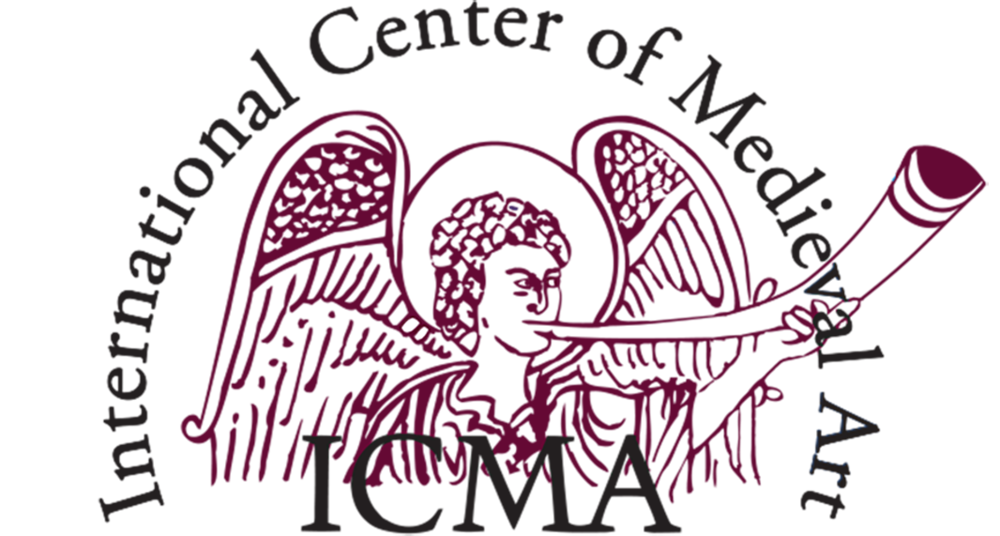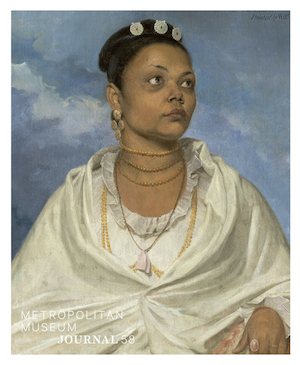Call for Abstracts
Casting Art
In New Series from De Gruyter: Traces. Public History and Cultural Heritage
Guest editors: Yaëlle Biro and Noémie Etienne
Due 1 September 2024
Publication date: 2026
Please send your abstracts to yaellebiro@gmail.com and noemie.etienne@univie.ac.at
Full articles (if abstracts are accepted): February 2025
A peer-reviewed evaluation will take place
Final versions of the articles are expected for April 2025
Plaster casts molded from artworks are ubiquitous in museum and university collections. In the art history department at the university of Vienna, for instance, a small vitrine surrounded by plants displays old plaster casts of medieval ivories. The installation functions simultaneously as an educational tool from the past, an archive of the department history, and a decorative ensemble. The German anthropologist Leo Frobenius had multiple plaster casts made of several terracottas he excavated in 1910 in Ife, Nigeria, marked them with his name and donated them to European ethnographic museums. He thus transformed masterpieces of an ancient West African civilization into his own vanity pieces-carte de visite and subjects of scientific research.
As can be seen in many museum storage and gypsotheques, over centuries, plaster casts have been molded on art works, architectural elements, and even human beings. The Italian Renaissance and the 19th century are two contexts often discussed in the framing of the importance of casting as part of broader creative processes but their presence and impact goes beyond. Since the 1990s and the work by Georges Didi-Huberman (e.g. L’empreinte, 1997), plaster casts have stimulated art historical research and have expanded thinking about heritage.
In this volume edited by De Gruyter (New series Traces), we propose to redefine collectively what plaster casts are across different geographies and time periods, focusing mainly on the reproduction of objects. As the use of 3D printing of works of art is becoming common practice as a tool to the current debate on restitution of cultural patrimony, we would like to interrogate how this replication practice differs conceptually from the earlier one. We will explore what plaster casts were upon production and what they have become, what they enable, and how they impact original productions as well as discourses surrounding them.
Topics of interest can include:
1. Past: Plaster copies were highly circulated between institutions and continents. How were they traded, commercialized, and commodified? How did plaster cast enable the forging of specific disciplines, in which context and for whose profit? How were plaster casts used in teaching and study collections? How were they produced, circulated, and exhibited?
2. Present: We believe that plaster casts, and casts in general, need to be better defined in a global theoretical framework. Despite the numerous single studies focusing on specific contexts, in both art history and anthropology, the topic per se lacks broader conceptualization. How should this type of object be defined? What do they convey? How do they transform the casted original, be it an artwork (or even sometimes a human being)? Topics can also include the connection between artistic and anthropological castings, as well as the use of casts in contemporary art.
3. Future: Plaster is a very sensitive material prone to degradation. What are the specific challenges of exhibiting and preserving plaster cast today? Should they be preserved at all as parts of the museums’ collections? Does today’s proliferation of 3D printing of works of art, and their possible use in the context of restitution practices, present similar challenges and should these processes be submitted to better control?




















